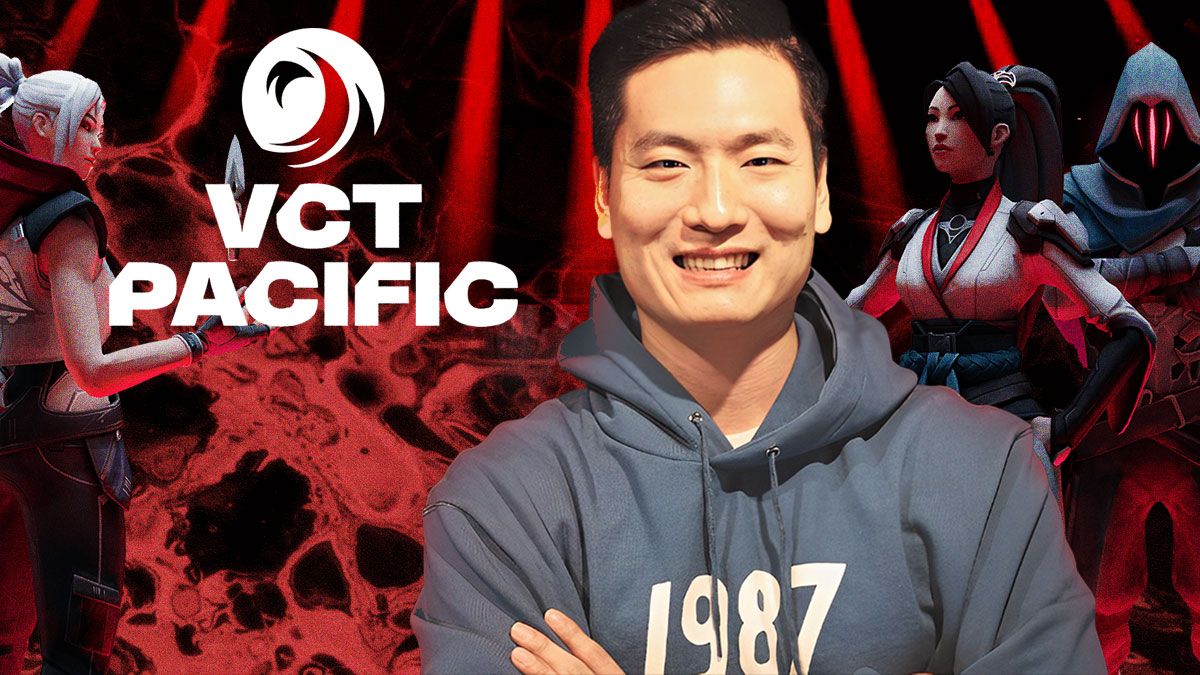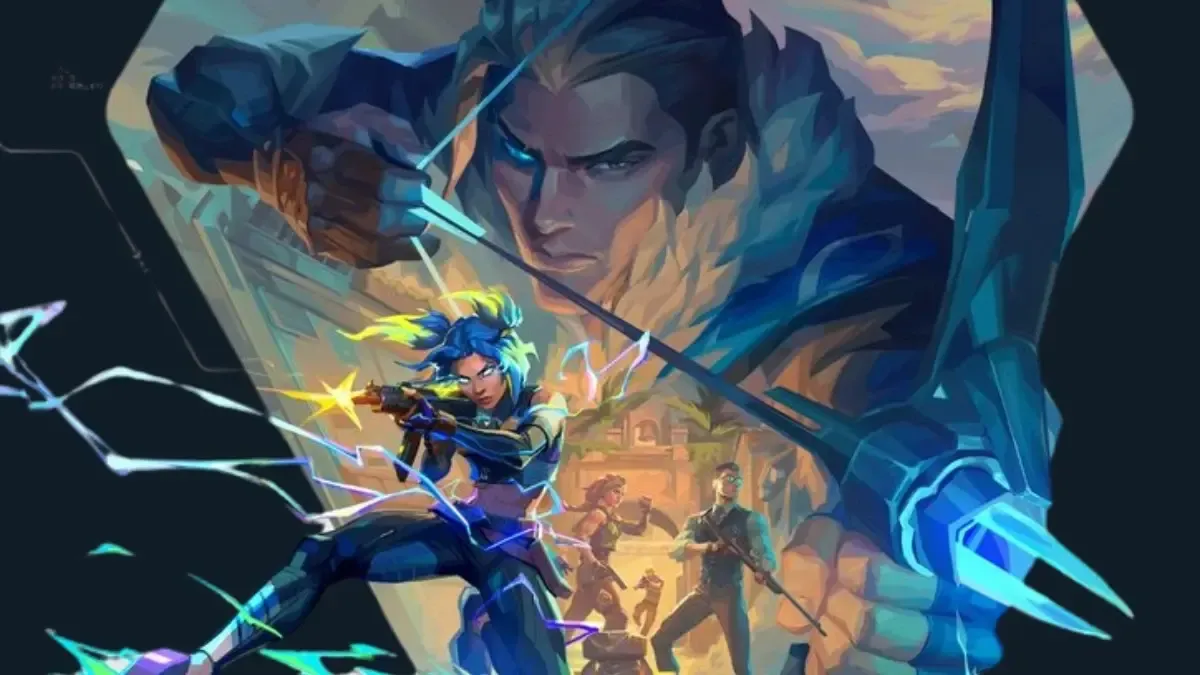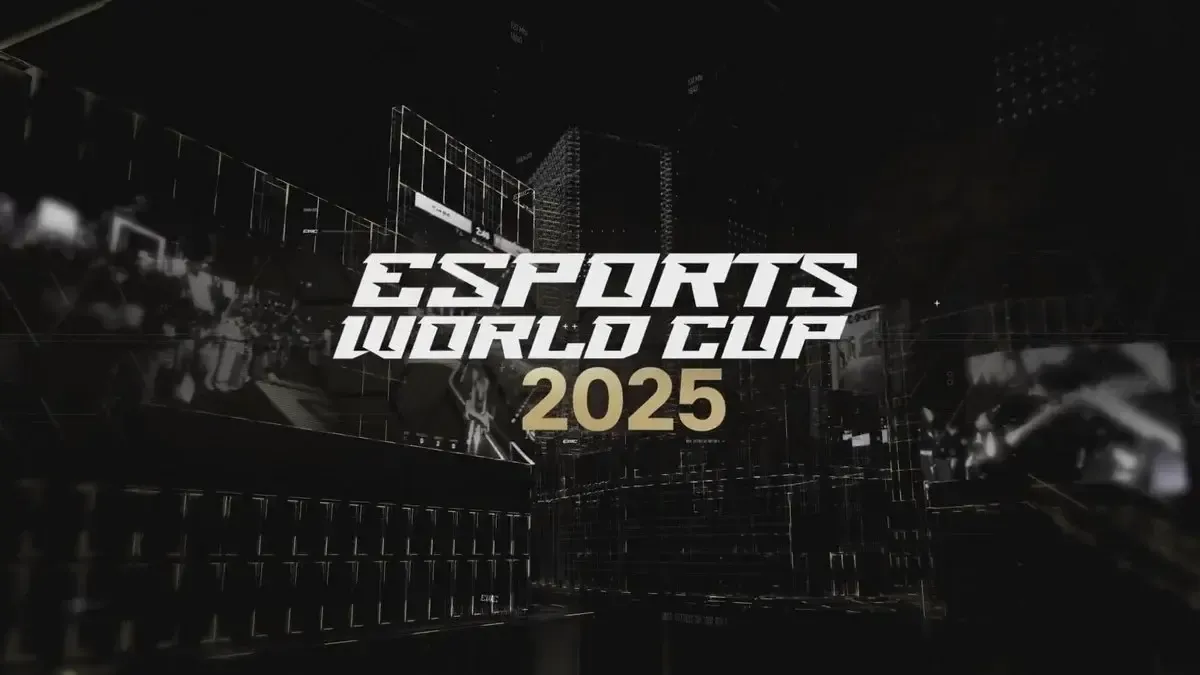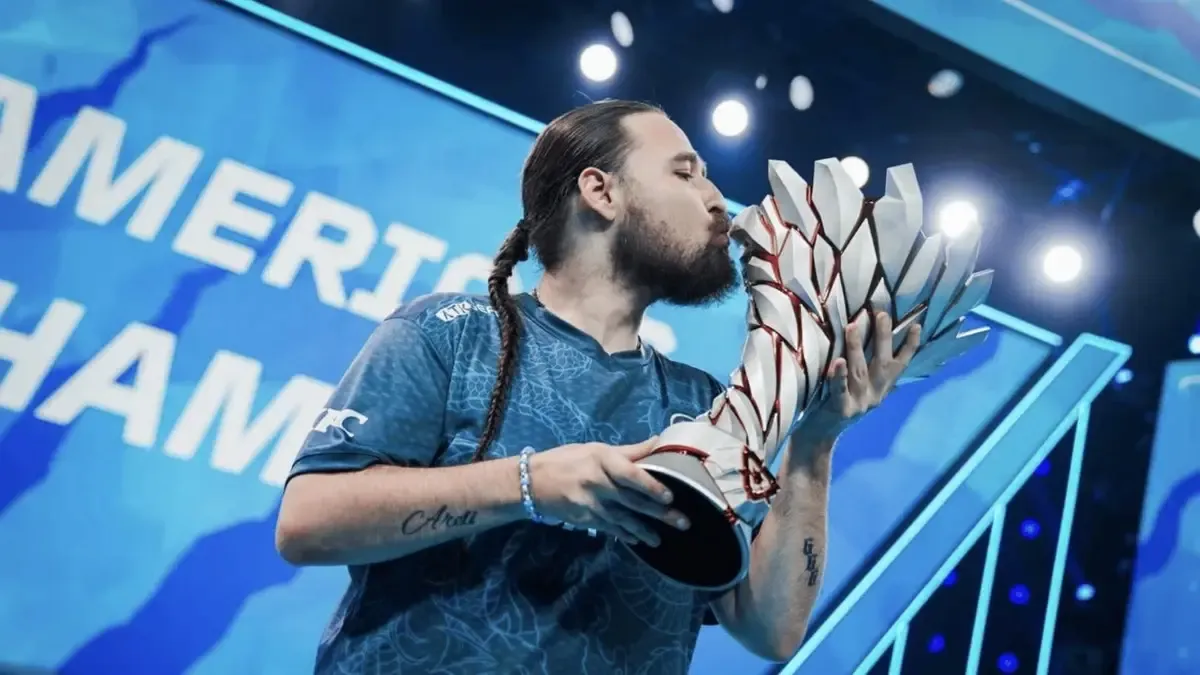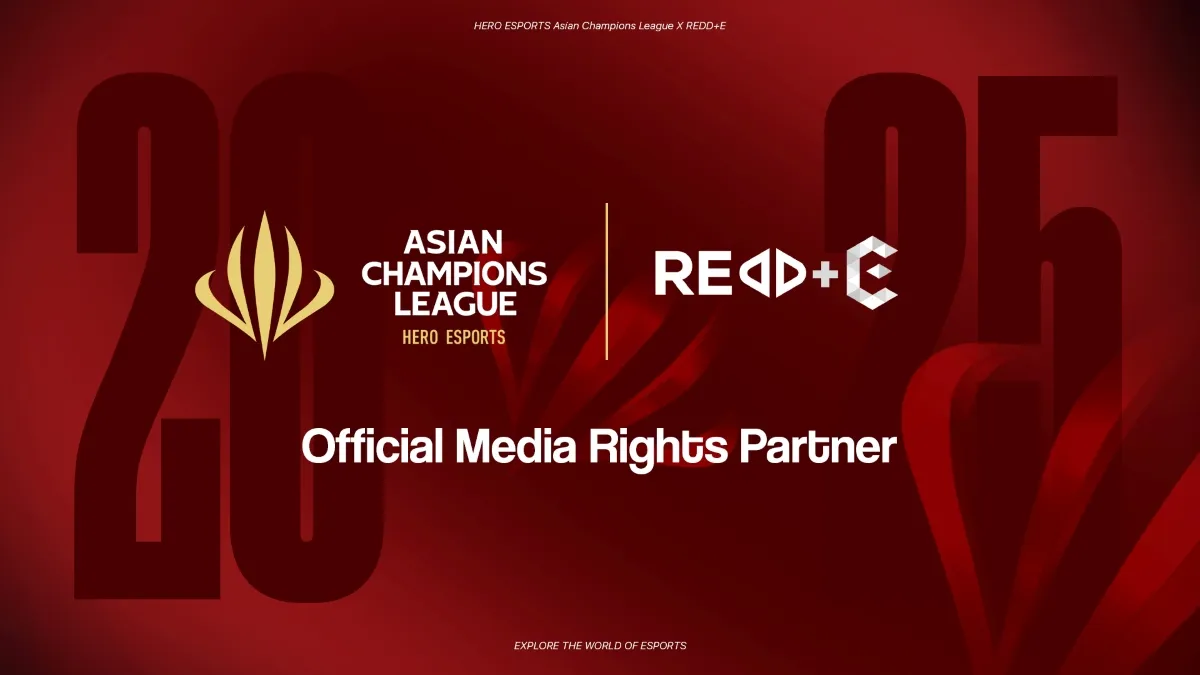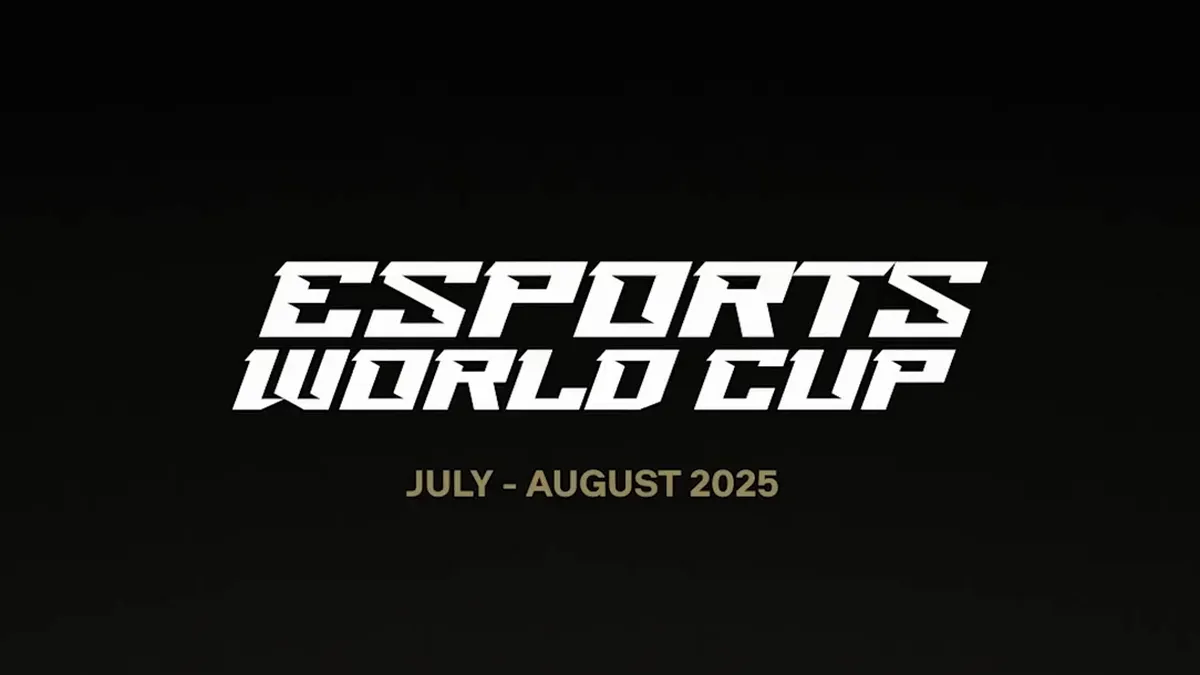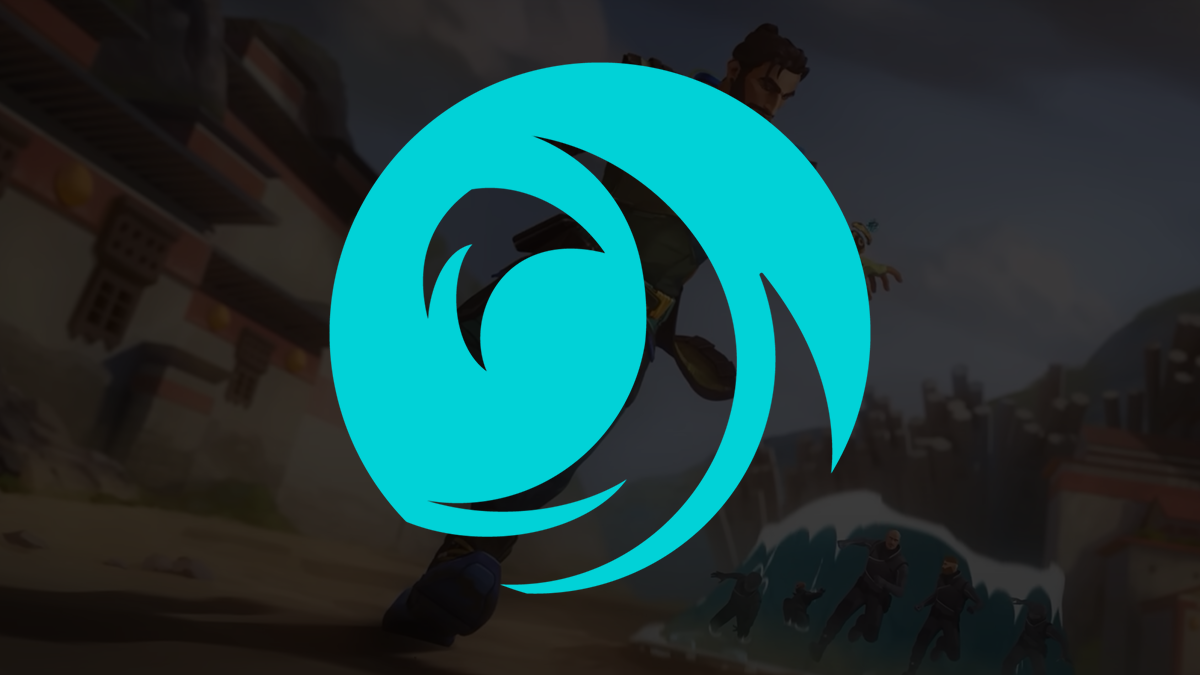Jake Sin talks to us about the growth of VALORANT in APAC, its importance in the region, and much more during the VCT Ascension Pacific in Bangkok, Thailand.
VALORANT has been around since June 2020 and after three years on, its growth has been paramount in its thriving esports scene. With this year being the first for its franchise leagues, it has also brought plenty of attention to the three main regions with EMEA, Pacific, and Americas being the focal points of the premier VALORANT esports scene. But while EMEA can brag on having the best teams with the best fans, don't count out the Pacific just yet, especially with Jake Sin, the Head of VALORANT Esports APAC at the helm.
We had the chance to have a chat with Jake during the VCT Ascension Pacific in Bangkok, Thailand and pick his brain about how the Pacific League has been, what APAC can bring to the table in VALORANT, how much the fans mean to Riot Games and VALORANT, and more.
Hi Jake! Thank you so much for joining us. For all our readers at home who are not familiar, can you just give us a quick introduction about yourself?
Of course! I'm Jake Sin, I'm the Head of VALORANT Esports in APAC. I've been at Riot Games since 2014 and I started at Riot working on League of Legends Esports. I was actually the League Ops Manager for the LCK and I helped launch LCK as a league back in 2015. I've worked at Riot since then for three years. I left and worked at a startup and I also worked at KRAFTON as the Global Head of PUBG Esports. But I came back to Riot in 2020 and I've started to work on non-league games esports like launching new esports for new games like TFT, Wild Rift, and VALORANT. But now I'm focused on VALORANT as it has gotten super important and the growth has been phenomenal. So yeah, focusing on VALORANT and then working across APAC since 2022.
So how has the transition been going from League of Legends and now you're the head of VCT Esports for APAC on VALORANT?
The transition has been interesting because Riot Games started as a one-game studio and publisher and stayed like that for quite a long time, almost a decade. So when we created new games and then we had to launch new esports for new games, we just weren't really built for that because all the teams had their existing jobs with League. So it's not like we could just hire the same number of people to work on Wild Rift, TFT, and VALORANT. It was really a small number of people working on all of these games at the same time. We were very thin on resources and we had to leverage and work with a lot of partners and just be really scrappy, you know, have that mindset of like, "Oh, this is like a startup within a big company."
And now I think we went through an organisational transition of like, okay, now it's not just about League anymore, it's about multiple games. But on the esports side, especially, it's about VALORANT and League so we need to be able to support both really well. That organisational upgrade has been super, super helpful and another change for us is for VALORANT. We have the regions like all the individual markets, like Korea, Japan, Thailand, and Indonesia but we also have this layer of APAC, which we didn't have before right? In League still, we don't say APAC, but in VALORANT we do.
it's very region-centric in League, like there's LCK, LPL, it's very country-exclusive, right?
Exactly, exactly. Because of the initial limitations of just having very few people work on multiple esports at the same time with fewer people, we had to work very globally so that we're not reinventing the wheel everywhere. Like with League, I think we had the luxury of just having regional teams that focus on their regional products. But for VALORANT, it was everybody in VALORANT esports working together globally to create a global ecosystem and then they take that and then create and work on that at the regional level.
We didn't have to reinvent the branding, like Challengers look pretty much identical across all the regions, and that's by design. That way, we can save resources and we can do more with less. In VALORANT, we have this new APAC layer now and I was basically the first APAC esports person. We've had to shift a lot of teams and work closely with all the regional teams to launch VCT Pacific and then also run it and also make sure it's successful and localized everywhere. That's been a big challenge, but I think we're off to a pretty good start.
With the VCT Pacific League and now with Ascension Pacific, how important would you say has it been for APAC as a whole by VALORANT's introduction?
Yeah, I think VALORANT has been an awesome introduction to the esports industry for APAC. What's been the most amazing thing about it is that it's such a global game and that's also helped to make it a global esport as well. VALORANT is not the only successful game out there, obviously but it's hard to find a game that is as successful globally, like successful in multiple markets in a very balanced manner. You have games that are popular in the West, but not available in Asia. You have games that are popular in some Asian countries, but not in the West. Even in Asia, you have certain countries that have big games, but those games are not even relevant in other countries.
I think VALORANT always had this model of 'let's be truly global' unapologetically global is what we say internally and that kind of worked. We have agents from all across the globe and we embrace a lot of these local cultures and languages. We even put out marketing materials that are in foreign languages. That's how we embrace a lot of the diversity of the world so naturally in esports, we are also very diverse. VALORANT esports has been very successful in multiple markets and that's also rare to see. You have very good teams and players coming from everywhere, basically.
Like in certain competitive esports, you have very strong regions, but also very weak regions so it's not balanced. And when there's an inter-regional matchup, it's very obvious which region is going to win. But in VALORANT, it's very unpredictable. Every region can take it and that's what we love to see. It's diversity, it's balance. And that's why I think the balance has been great for APAC. It's allowed these underserved markets from previous other games to really shine and take center stage. And that was just not possible in other esports.
How would you describe the rapid growth that VALORANT, especially in APAC, had as compared to let's say in America or EU?
I think it's pretty evident that talent in SEA is pretty good and performing at a very high level. We have basically a Singaporean team that's made up of Indonesian players and Singaporean players and Malaysian players to win Pacific. They're literally the best team in Asia and that's been great to see after their third-place (at Masters) with Patiphan "CGRS" Posri's tie (against NRG). So we have an SEA super team that almost won... Well, they won Pacific and then they were very close to almost going into the top of Masters. And that was with the stand-in, so I think that's amazing to see.
And Paper Rex has been a household name for a while, but even without PRX, I think there are a lot of other teams that are also performing at a very high level. Team Secret, for example, they're the only team that took down both DRX and PRX in the regular season so that team showed a lot of potential as well. That team is like a mix of veterans, like over 30 years old and then you have someone like Jeremy "Jremy" Cabrera, who's only a teenager but also an up-and-coming talent. I think the future is very bright for the Philippines and also like other SEA regions as well, I think. Ascension is another testament to the growth of the talent from the SEA region too so I'm pretty stoked.
Touching on Ascension for a little bit, the winner of Ascension Pacific will be granted a slot in the Pacific League for next season and the following season as well. What was the idea behind that format and will there be any changes in the next few years or can this be the format for teams who want to make the leap from Ascension to the Pacific League?
Yes, so when we first designed the international leagues we wanted to create a very premium, almost like a super league system with just the top teams in the ecosystem. We were debating what the right number was but we thought 30 overall (globally) would be good and then divide that into three so 10 teams per league was a great starting point.
And then the initial plan was to just have those leagues be closed off and then just work with these teams to make successful products with each of their leagues. But we quickly realised that we needed some level of influx of fresh talent and fresh faces to keep the scene fresh and also keep everyone else on their toes and keep the competition at a very high level. Zero complacency because if you're in 10th place and you're okay because you're getting revenue share and whatnot, I think that's not good.
By the way, we saw so much interest when we did the team partnership application process. I think we saw over 50 applications for just 10 slots and a lot of them are very good teams so we had to make some very tough decisions. We thought, "Hey, we need to make sure that these teams outside of our ecosystem also have a chance to enter into the international league so that they can have a chance to prove themselves and create a thriving business out of being at a Challenger's level." So that was the idea behind that. For the time being, I don't see things changing drastically.
We will continue to get teams from Challengers to get promoted through Ascension. We were actually going to wait until we see the results of this Ascension to see which regions deserve more slots, which regions deserve less, or how should we do the seeding so that there's play-in seeds and there are main event seeds. We were trying to see the competitive strength of the regions. What we're discovering is there are no clear underdogs, there's no clear top dogs. It feels very balanced and every region is very strong.
So there is a good chance to let's say any region on its given day has a very good chance of actually winning it.
That's right, that's right. And that's why I think we need to give every region, all the 10 regions, a good opportunity to compete and I don't think we'll be making any drastic changes to the seeding because some people thought Oceania was going to be 10th, but they're top six. I think every region deserves an equal chance to prove themselves and that's what Ascension is about: it's basically leveling the playing field and allowing every region to have a chance to shine. So we're going to keep that spirit alive.
With Pacific League being held in South Korea and it's being played in front of a live audience, what was the decision behind having Ascension Pacific Finals in Bangkok, Thailand?
Good question. So it's always about the fans of Riot and we want to go where the fans are. We were already in Seoul, Korea for Pacific League and we would be doing more service to our fans by going somewhere new and then allowing fans in those regions to have an event in their region that they can go to. We kind of ruled out Seoul from the beginning because we already have the Pacific League there. It would have been much easier for us and much cheaper to probably do it because we already have a venue there, we have a partner there, and we have a team there that's already running things day-to-day. It's just, you know, replace the 10 Pacific teams with 10 Challengers teams and, you know, you're set right?
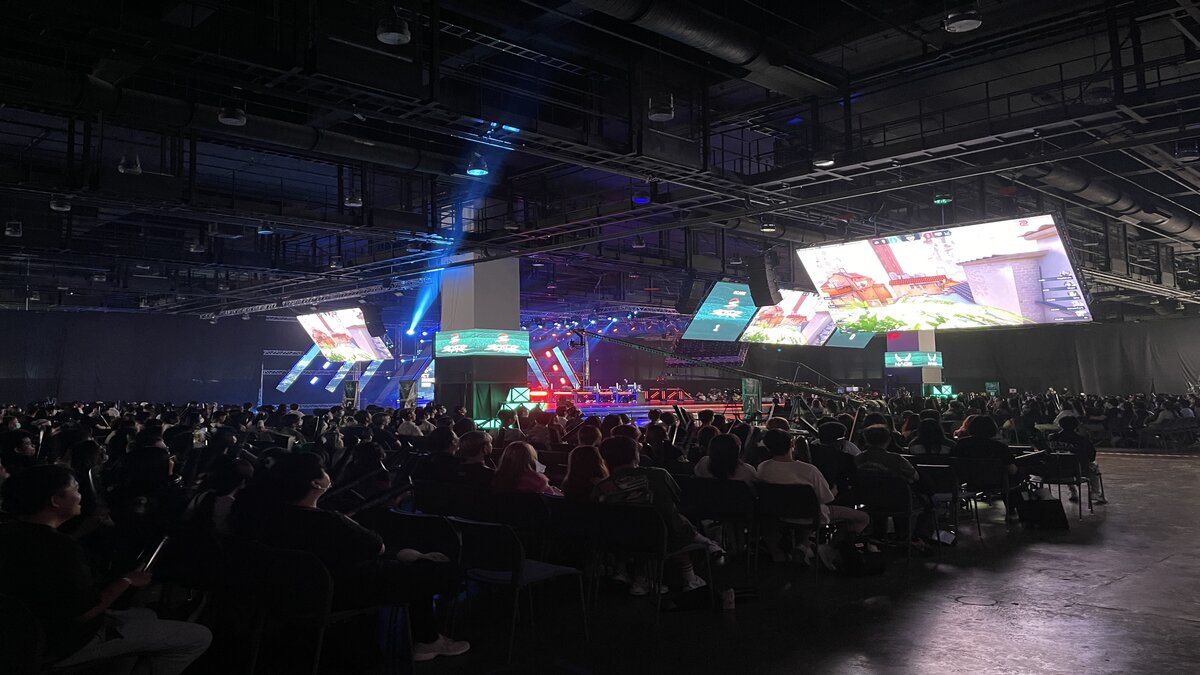
But we wanted to take on that challenge of serving the fans. It would have been such a disservice to our fans, I think if we just did everything in Seoul. So we looked at places outside of Seoul and like I said, we are focusing on the fans. So we looked at where the fan base is and Thailand was almost an easy choice, not 100% easy choice, but pretty easy because they have the biggest fan base here in all of SEA, outside of Japan. Oh, by the way, Japan also had Masters this year so we also ruled that out.
And then we looked at SEA and Thailand has the biggest esports fan base for VALORANT out of all SEA countries. If you look at viewership, it's the highest. If you look at the player base to like esports viewers ratio, it's also the highest. You have the highest percentage of players actually tuning in to watch. And yeah, I mean, you have a big following for these VALORANT creators as well from Thailand. I think Nattawat "SuperBusS" Yoosawat is huge here, you know. So yeah, we wanted to prioritise Thailand. It was a close race between multiple candidates and it turned out to be a great choice because, you know, as you can see from the crowd that's showing up.
Clearly, the response has been pretty overwhelming. I've seen the lines even hours before the doors open. And the lines stretch from the entrance to the very end of the mall. How does that make you feel seeing people show up in droves just to watch such Ascension Pacific?
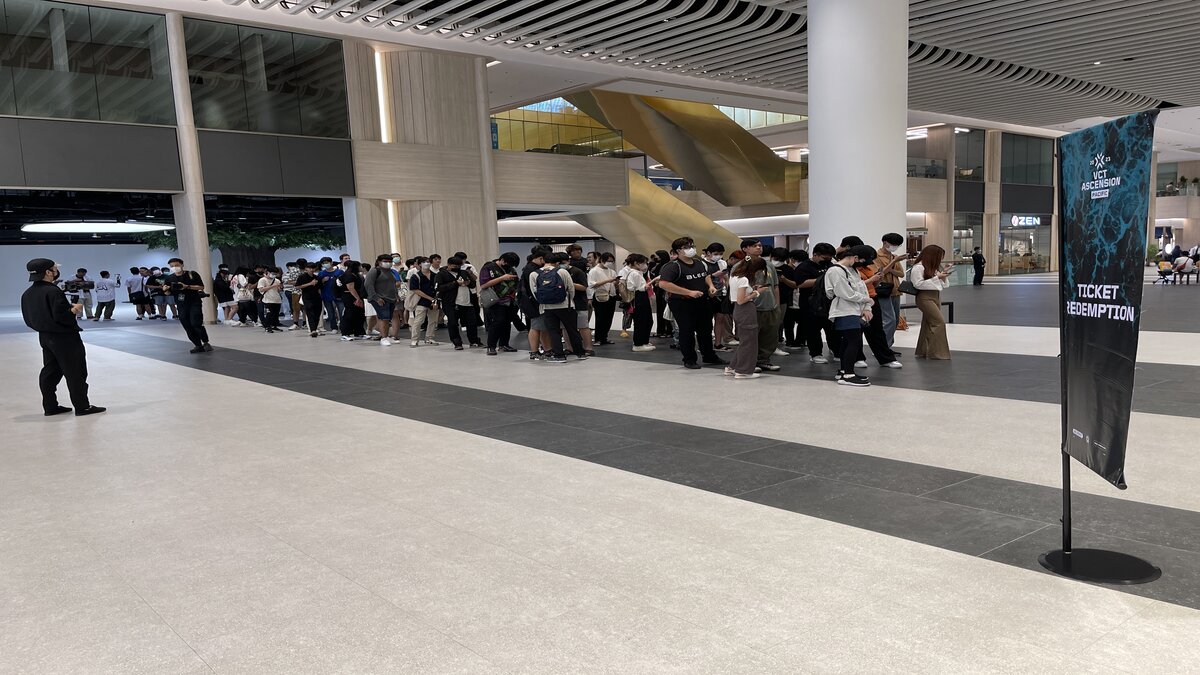
I mean, you know, overwhelmingly thankful and really, really touching. It's the most rewarding part of my job, personally. And what I really love seeing is that people seem to love VALORANT. And we don't have a Thai team represented in the playoffs. We do have Scary, who is a Thai player in the league and yesterday we didn't even have them play and yet with these non-Thai teams, people could still show up. And they showed really strong support for these teams. That's something that we saw in Japan too and then it's awesome to see that happen here too. The fans here are amazing and they seem to be very respectful and very passionate about VALORANT. There's like a sense of community as well amongst the fans and that's part of being global. We're all united by our love of VALORANT and VALORANT esports and our teams and players. So yeah, it's awesome that the Thai fans are cheering for non-Thai players and everyone.
Okay, this will be my last question. I just have to ask, are there any plans in the near future for the Pacific League? Like for example, let's say maybe the league will not be held in Korea, but in another Asian country.
Yeah, so we don't have concrete plans yet but I can share a bit of like our mindset, which is that again, we need to be very fan-focused and that means we need to meet the fans where they are. And they're not just all in Seoul so what that means is we need to be able to meet our fans outside of Seoul. And of course, we can ask the fans to come and watch from Seoul or come to Seoul and watch from there. But yeah, I think we also need to go to them so it is my goal and intention to bring at least some part of the event outside of Korea.
I can't promise when because I think there's a lot of pre-conditions attached to that. I think overall as an esports industry, we are kind of struggling with monetisation so we need to make sure we're growing very responsibly. And you can't just be like, "Oh, this seems cool. Let's throw money at that and do it and not worry about the consequences." I think we're at a stage where esports as an industry has to be mature so we want to get there steadily. And again, we want to do esports forever; we don't want VALORANT esports to be done in like 10 years.
What that means is we have a long time to build our esports and I don't know when it's going to happen. But yes, it is our dream to be able to go to meet our fans outside of Seoul. I think we'd love to come back to Thailand. We'd also love to go to Japan. I think there's a lot of markets that we would love to go to. And at least we have Ascension and Masters and Champions that will be touring around the world. So even if Pacific is in Seoul for the time being, I think we have other opportunities as well. Yeah, we just want to meet the fans everywhere.

